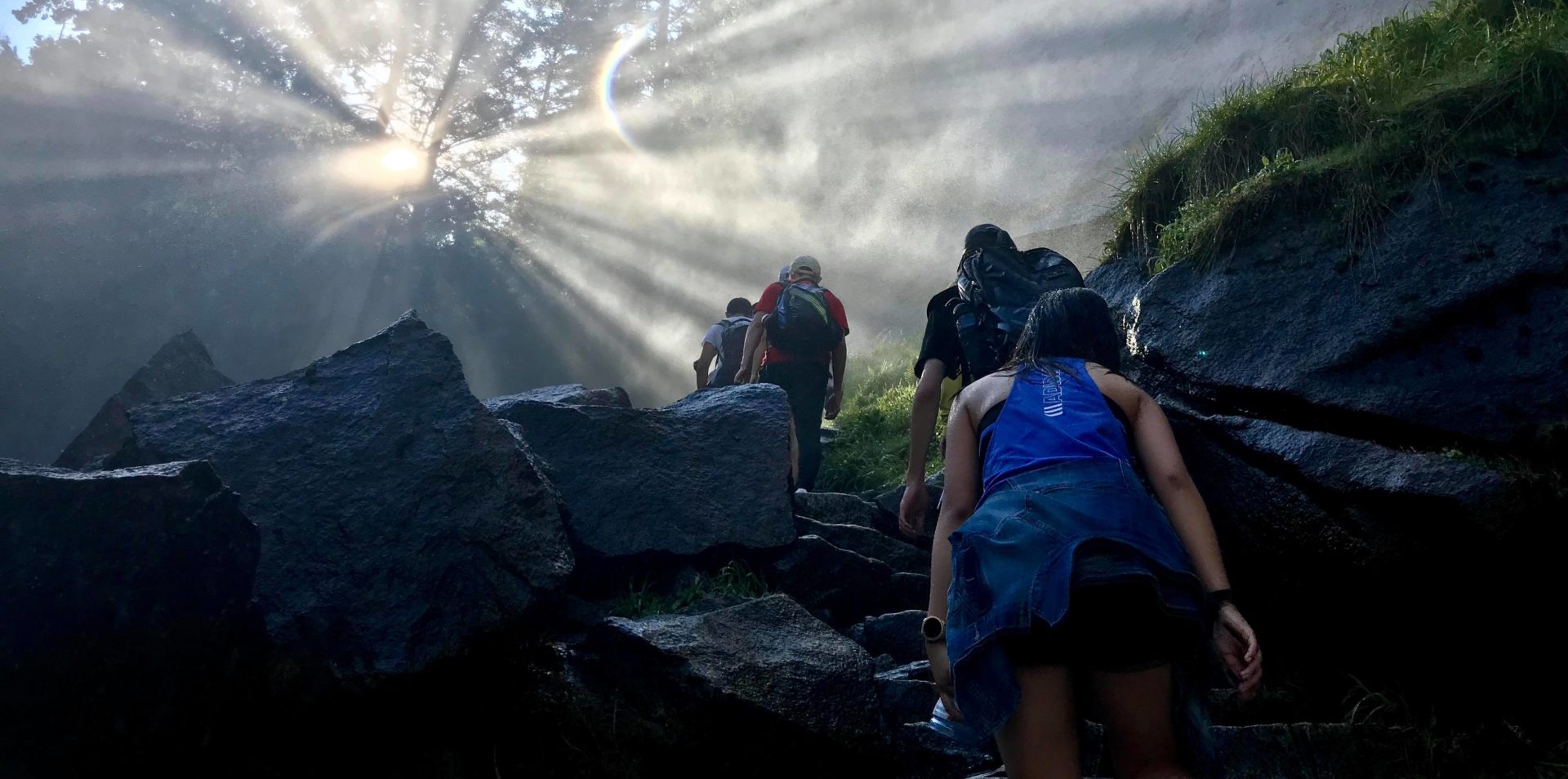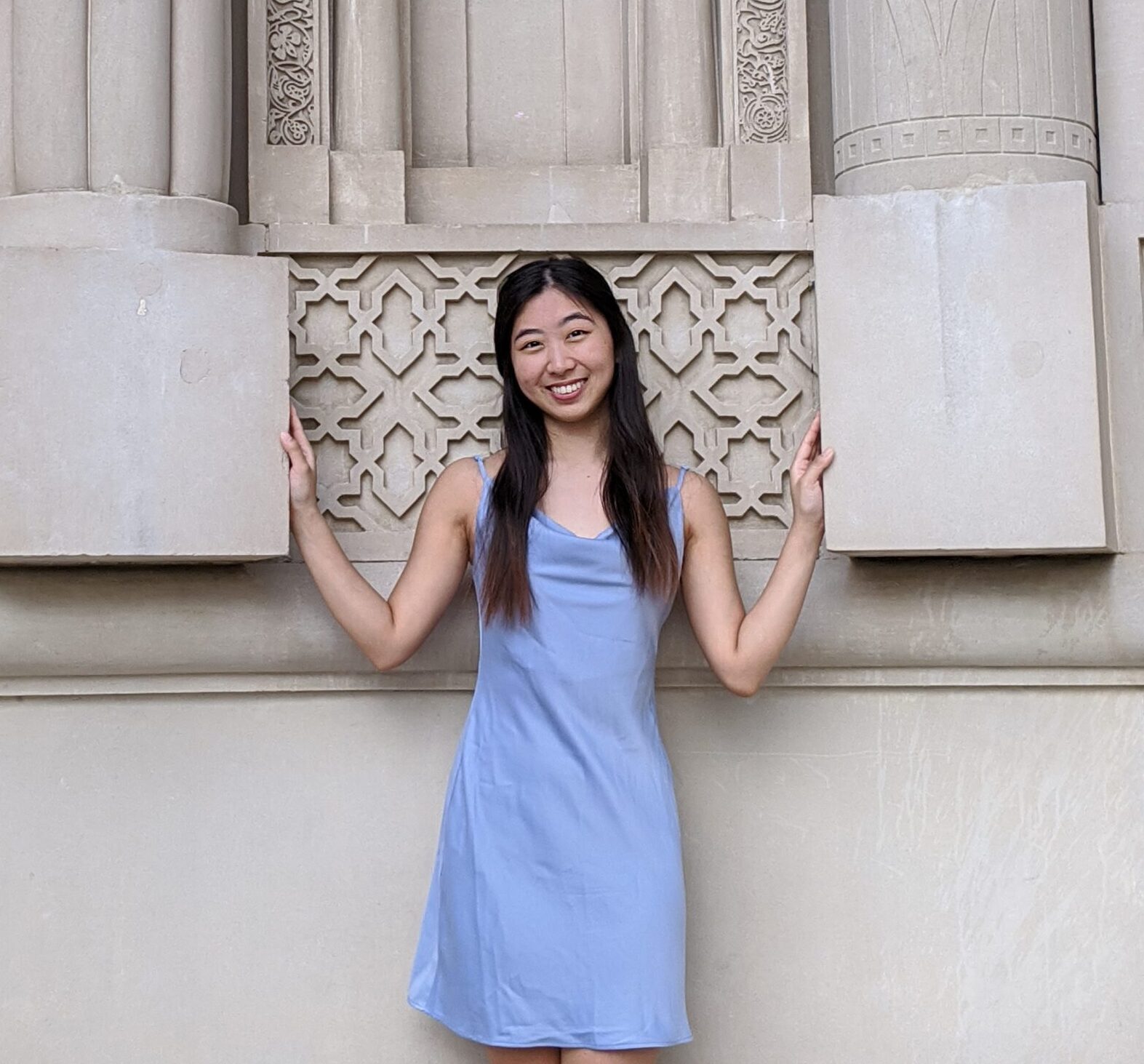Backpack Buddy (Spring 2021 ECE Capstone)
In my ECE Capstone course, my team and I built a backpack-based smart inventory system used for managing collections of items as they relate to a user’s schedule. We attached BLE tags to user’s items and built a web app used to register items and events, assign items to events (and even automate this process), and notify users of missing and lost items from their backpack.
I was responsible for building our web application in Django, which used the Web Bluetooth API to communicate with our Raspberry Pi. The RPi would send a list of tag MAC addresses to the web application via Bluetooth, which would then be queried for the corresponding items. I also built the schedule learning algorithm for our web application, which would collect data about which items were in the user’s backpack at which times and automatically assign items to their events based on a pair counter system. Our web application also used web push notifications to notify users when they were missing an item (for an upcoming event) or lost an item (was in the backpack before an event but was not afterwards). Finally, our system contained an image recognition portion so that users could take a picture of their items to automatically register them in our web application.
Disaster Relief (Spring 2020)
For my Web Application Development term project, a partner and I created a web application where users can submit rescue requests during natural disasters. These requests then get triaged and placed onto a cumulative map (made with the Google Maps API) with each rescue request’s location and details for volunteers to help find them. Admins (volunteers or rescuers) can then update the status of each request as they begin making their way to the users. I also built the site’s interactive chatbot (with Microsoft’s LUIS NLP API) to find the nearest evacuation center or shelter near the user’s location, which was retrieved using the Geolocation API. This was also my first time building a project following the agile development cycle and creating product backlogs. You can check out the project here!
This project was largely inspired by some volunteer work I did as a senior in high school when Hurricane Harvey hit my hometown and flooded people out of their homes — I was a live distress volunteer on a small team, where we collected rescue requests from Facebook groups and triaged them, placing each request on a collaborative Google Map. As a result, our online team of 50 volunteers helped rescue more than 3,000 Hurricane Harvey victims as part of the first crowd-sourced social media effort used by the US Coast Guard and Cajun Navy.
NASA Student Launch UAV System Architecture (Fall 2018)
I began as one of the first system architects for Carnegie Mellon’s Rocket Command team, which participates in the NASA Student Launch competition every spring in Huntsville, Alabama. The main goal of the Student Launch competition is to provide relevant and cost-effective research and development of rocket propulsion systems. I designed high-level system architecture for both ground and airborne systems of our payload, which was an autonomous UAV. Our main objective was to have the drone successfully navigate and deploy a beacon onto a 10×10 ft. target area. I designed the onboard architecture with QNX in mind communicating via IPC (Interprocess Communication). Additionally, being a part of this competition team gave me invaluable experience with working on project deliverables such as the Preliminary Design Review and Critical Design Review reports.
Healthy Homie (Fall 2018)
For 15-112, the introductory programming course at Carnegie Mellon, I developed a one-room 3D game in Python using the Panda3D module to promote healthy habits and wellness of the user through a habit-point reward system, sleep tracker, and diet recommender. This was also the first time I really got to step away from programming puzzles and work on delivering a passion project (with a big focus on UI/UX, as my minor is in Human-Computer Interaction). I was responsible for the entire product development cycle, from competitive analysis, storyboarding, and prototyping, to algorithmic planning and project deliverables.
Predicting Future Class Upgrades of Pipelines Using GIS (Spring 2018)
I was a Computer Systems intern for Gulf Interstate Engineering as part of the Professional Advancement through Career Education (PACE) program, a 24-week internship program where students receive a mentor in their field of interest and gain hands-on experience while simultaneously pursuing an independent research project related to their professional field. On a day-to-day basis, I worked with engineering teams to create project deliverables such as Cause and Effect Matrices and Piping and Instrumentation Diagrams for benchmark pipeline projects, including the 515-mile Sabal Trail Pipeline Project. One of my core tasks as an intern was also to attend meetings with contracting partners and potential bidders.
My independent research project focused on the integration of GIS with neural networks to predict future class upgrades (a figure for risk of pipeline damage to the surrounding areas) of pipelines, which would potentially save pipeline companies millions of dollars and make communities surrounding pipelines safer.

